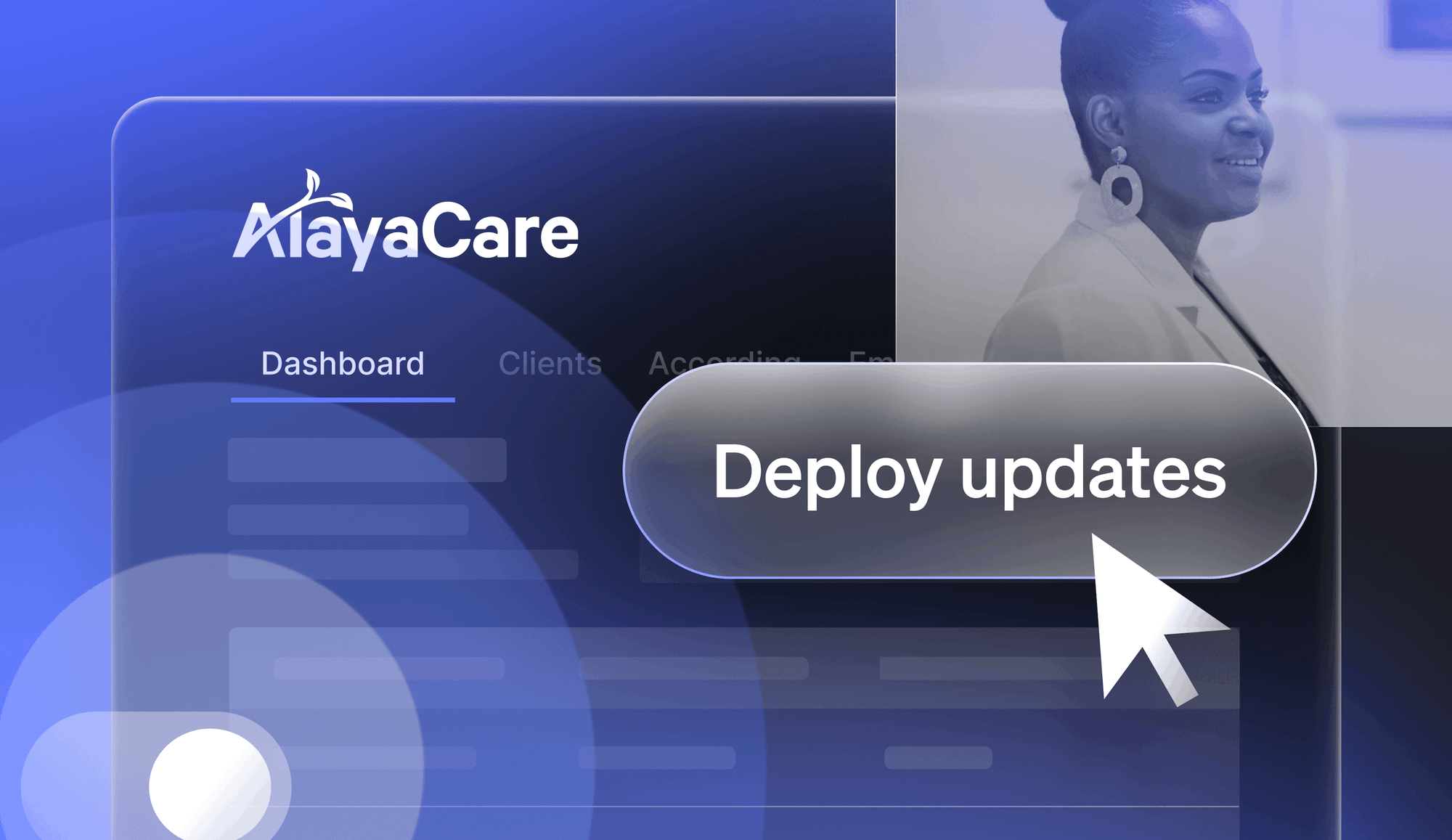In the latest report, Gartner Hype Cycle™ for Agile and DevOps 2022, “Hypothesis-driven development has been replaced by Feature Management, as the latter is now the dominant approach to experimentation in software engineering.”
According to Table 1 in the Gartner report, feature management is poised to enter mass adoption in the coming years with a benefit rating of “high.”
At LaunchDarkly, we see this as validation of our vision for feature management—a category we created and have been advocating for since our founding in 2014. Feature management unlocks a culture of experimentation that allows your organization to gather and act on timely, fine-grained feedback to satisfy customer needs and minimize development costs.
Feature management is at the “early mainstream” phase
Many developers already know the value of feature management for leveraging feature toggles at scale: making deployments less risky and reducing future technical debt. Being able to roll out features incrementally and recover quickly in the event of a bug or defect is a huge boost to psychological safety in engineering teams. But the relationship between these advantages and business outcomes hasn’t always been well documented, so it’s been up to individual developers to convince their managers and leaders to invest in a feature management platform.
What we’re seeing with this latest Hype Cycle™ is the beginning of a shift in focus from feature management’s technical capabilities to the potential business impact. To quote Gartner: “The biggest potential impact comes from the improved ability to select valuable features for development, based on feedback loops from feature monitoring in production to development planning.”
Feedback loops are most useful for businesses when they’re short and targeted. Says Gartner: “Advanced software engineering organizations are finding that fast delivery alone does not satisfy stakeholders. They are beginning to realize that they must establish feedback loops from production to feature design, so that they can learn which designs produce the greatest value. Feature management enables the value of features to be monitored, tracked and compared.”
Gathering timely, fine-grained feedback and data on new features and capabilities is possible with a culture of experimentation. Implementing those changes can and should be fast, easy, and distributed to the teams closest to the feedback.
Feature management enables our customers to create a culture of experimentation
For many organizations, experimenting using feature flags wasn’t always user friendly to all teams, putting the burden on engineering and stifling experimentation. Just ask video communication platform Loom:
"Our old approach to experimentation was too complicated from an engineering perspective. It ate up developer time that would have been better spent on building actual features, not writing custom targeting rules." - Steve Milburn, Senior Software Engineer, Technical Lead, Loom
Now Loom’s Growth team integrates experimentation into their software delivery process, with product managers setting the parameters for experiments and developers building one or more variations of a feature, wrapping each in a feature flag. They gradually roll out features and run experiments on those features all at once. They gather customer feedback, track usage metrics, and measure the impact on system performance. They then iterate on those features based on the qualitative and quantitative data they collected.
Financial services company Stash also credits their adoption of feature management with reducing their time to deployment and releasing new features, as well as leveraging user targeting and gradual rollouts to deliver more personalized user experiences.
"LaunchDarkly has played a big part in helping us build a culture at Stash, where we experiment with everything. Not only that, it has enabled us to release new features way faster than before … we now tailor the Stash home screen to each individual user based on past engagement data. We’re providing more value to each person who engages with us, which, in turn, helps us win and retain customers." - Kahne Raja, Engineering Manager, Stash
We have many more examples of customers reaping the benefits of experimentation without the risks or an over reliance on engineering time. We’re excited for feature management to gain widespread adoption so that more organizations can deliver greater value to their customers, faster.
Download Gartner Hype Cycle™ for Agile and DevOps 2022 in full here to explore Gartner’s recommendations for introducing feature management to engineering teams and business leaders.
Gartner does not endorse any vendor, product or service depicted in its research publications, and does not advise technology users to select only those vendors with the highest ratings or other designation. Gartner research publications consist of the opinions of Gartner’s research organization and should not be construed as statements of fact. Gartner disclaims all warranties, expressed or implied, with respect to this research, including any warranties of merchantability or fitness for a particular purpose.






.png)








